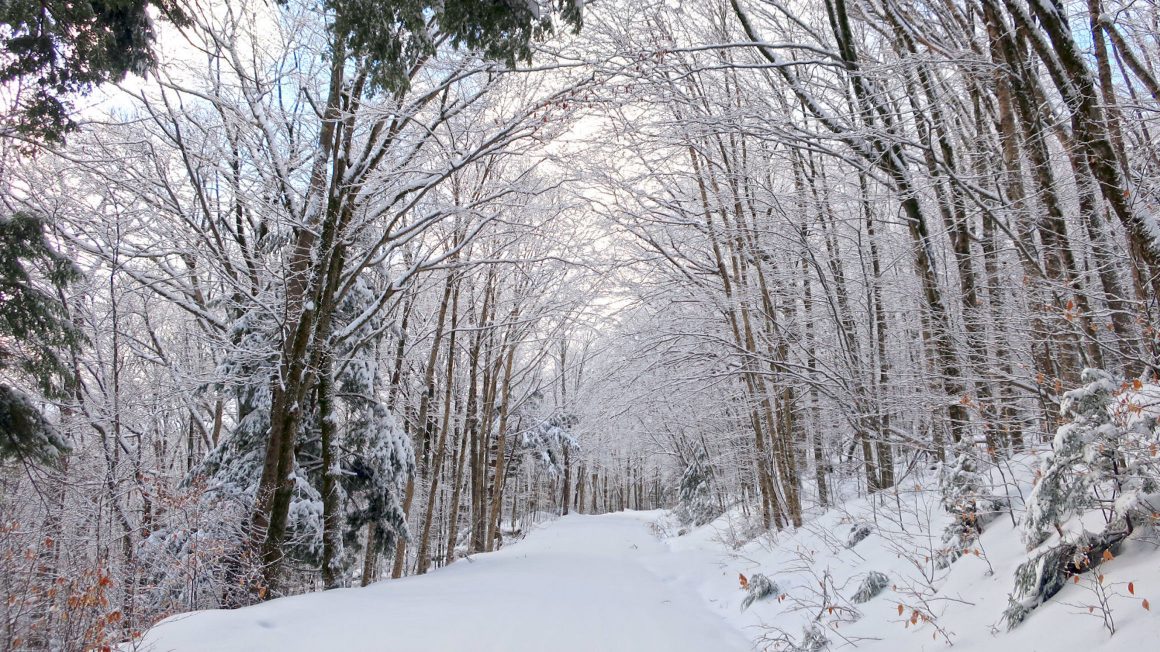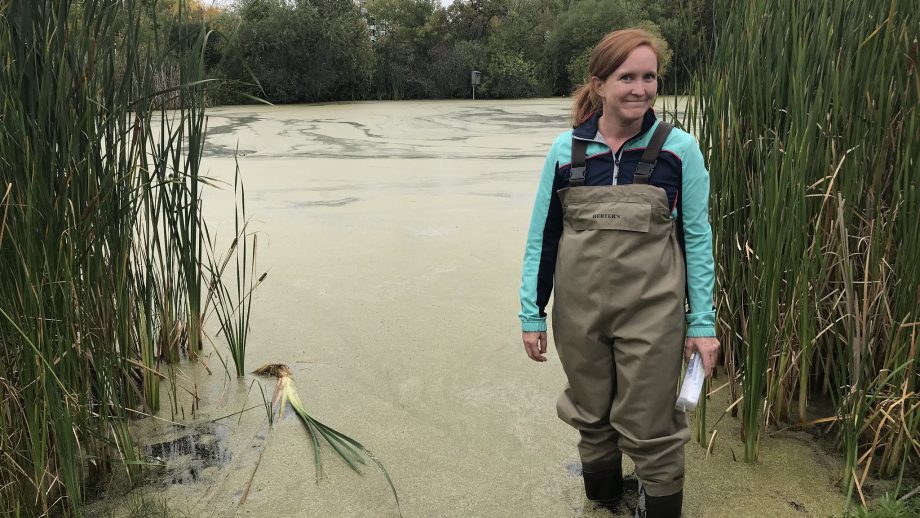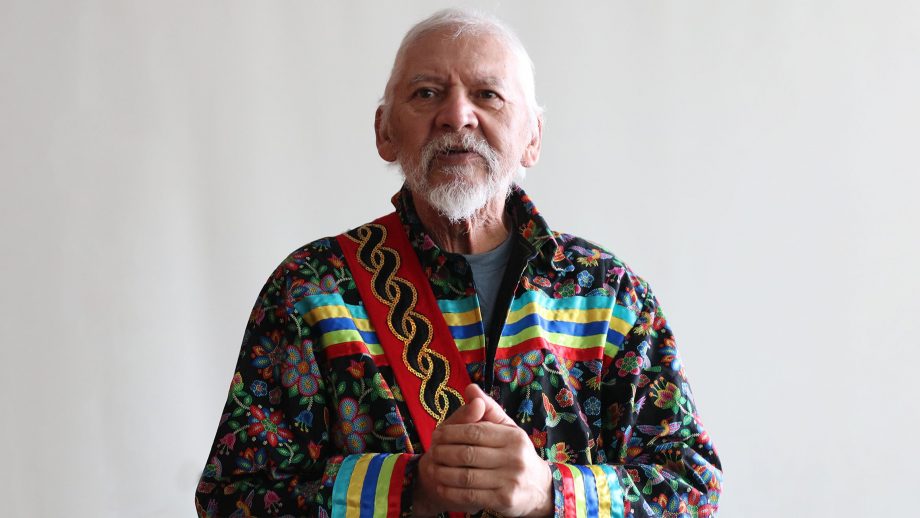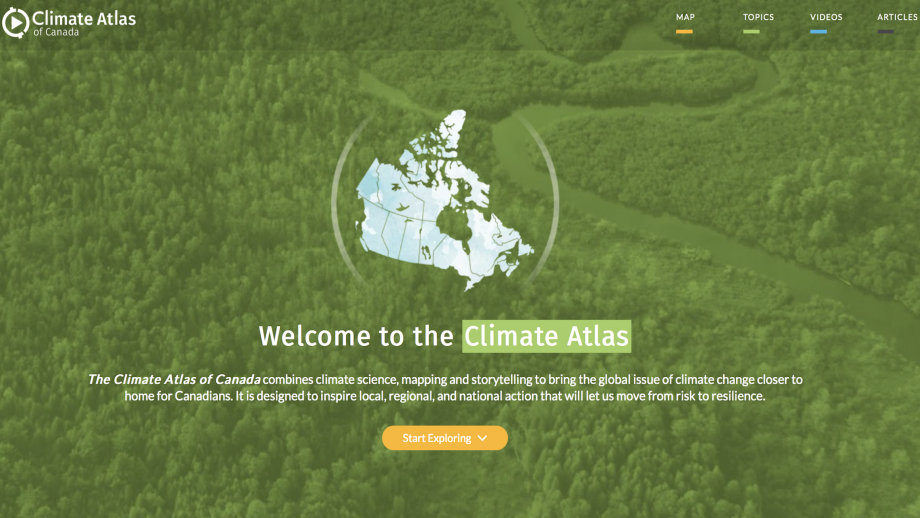Winters are warming faster than summers in North America.
In the northeastern United States and eastern Canada, impacts of these changing winters are affecting everything from ecosystems to the economy.
Winters across Canada are actually warming faster than any other season, so the greatest rate of climate change is occurring during the winters.
Dr. Nora Casson
This is according to the Future of Winter in Northeastern North America study co-authored by University of Winnipeg Professor Dr. Nora Casson; lead author Elizabeth Burakowski, University of New Hampshire; co-authors Alix Contosta and Danielle Grogan, University of New Hampshire; Sarah Garlick, Hubbard Brook Research Foundation; and Sarah Nelson, Appalachian Mountain Club.
“We had done some work with historical data looking at how winters are changing, so what we wanted to do was use climate projections to see how will winters change in the future,” Casson explained. “In particular, we wanted to show how they will change in the ways that matter to people and show how they will change in different emission scenarios.”
While Casson is scientist who works with numbers and graphs every day, she says it’s important to put the effects of climate change into relatable communications for people.
“If you say to me that the average air temperature is 0.3°C warmer than what it was 15 years ago, that doesn’t mean anything to me,” she said. “I think that’s a problem with the way we communicate climate change. Being able to ground it in the experiences people have is really, really important.”
Findings
Nearly 30 climate models were used to determine the effects of reducing carbon dioxide emissions and other heat-trapping gasses into the atmosphere.
What they found was at the current pace, ski areas in North America will face up to a 50 per cent decline in days where conditions would be favourable to make snow from 2040 to 2069. Limiting emissions could slow that to only a 10 to 30 per cent decline in the number of snowmaking days.
“Losing snow and frozen conditions impacts many recreational activities that Canadians love,” said Casson. “Downhill ski hills can make artificial snow, but other sports like skating and snowmobiling are harder to do without ice or snow.”
While losing nearly three weeks of snow may not seem drastic to some, the effects of that change are pretty profound.
But it’s not just a loss of snow that’s happening in the region. Fewer colder days will have an incredible impact on animals living in the region, as well as greater soil carbon storage.
“Extreme cold temperatures prevent the spread of many invasive species, particularly ones that can get into and destroy trees,” Casson said, noting the Southern Pine Beetle was recently detected as far north as New Hampshire and Maine in the United States.
Why is winter understudied?
When people think of climate change, it’s often of forest fires, drought, and extreme heat.
Casson says that, combined with the fact that it’s generally tough to conduct research in the middle of the winter, means it’s a historically understudied season when it comes to climate change.
“Winters across Canada are actually warming faster than any other season, so the greatest rate of climate change is occurring during the winters,” she said. “You can really see dramatic changes with even a small amount of warming in the winter.”
Looking ahead, the research team plans on continuing to focus on winter climate change and also extreme winter weather events.
Casson says those events, like extreme snowfall, will become more common during climate change.
“We’re interested in the ways in which extreme winter weather events impact ecosystems and people, because those events have big impacts on the things we enjoy and value about winter.”






